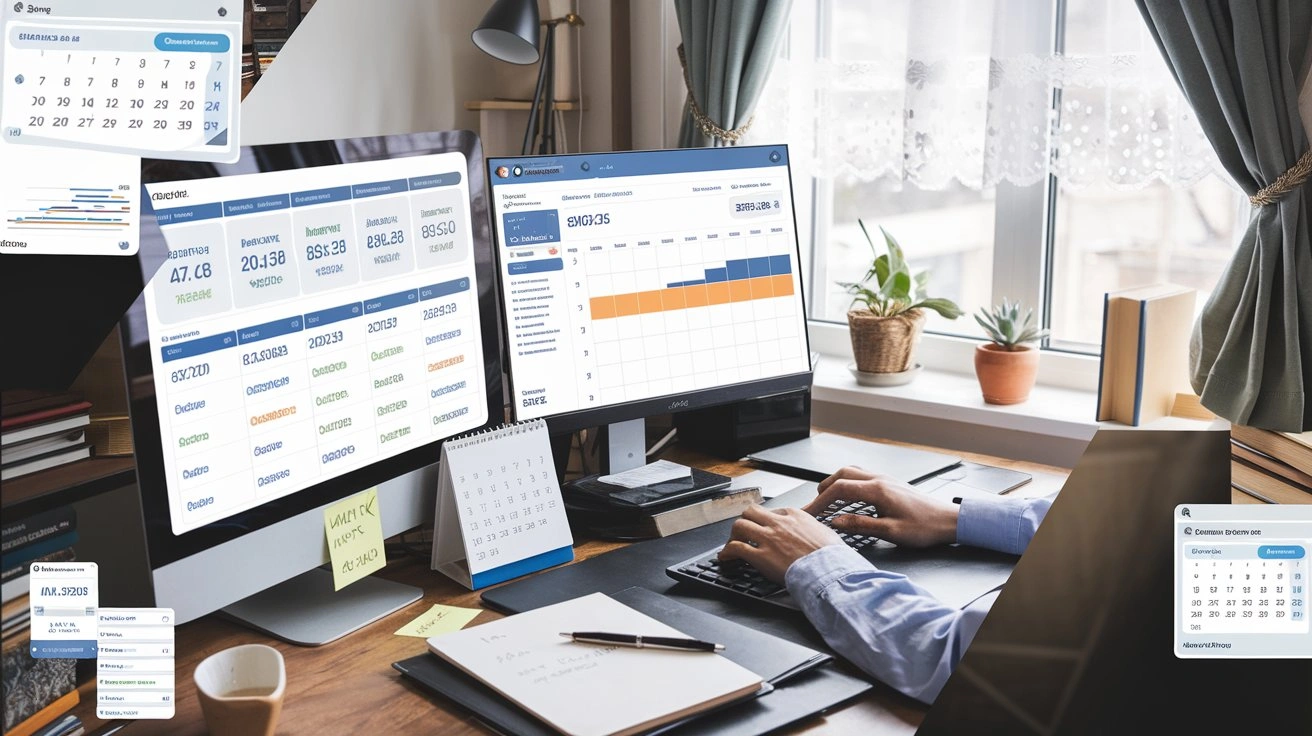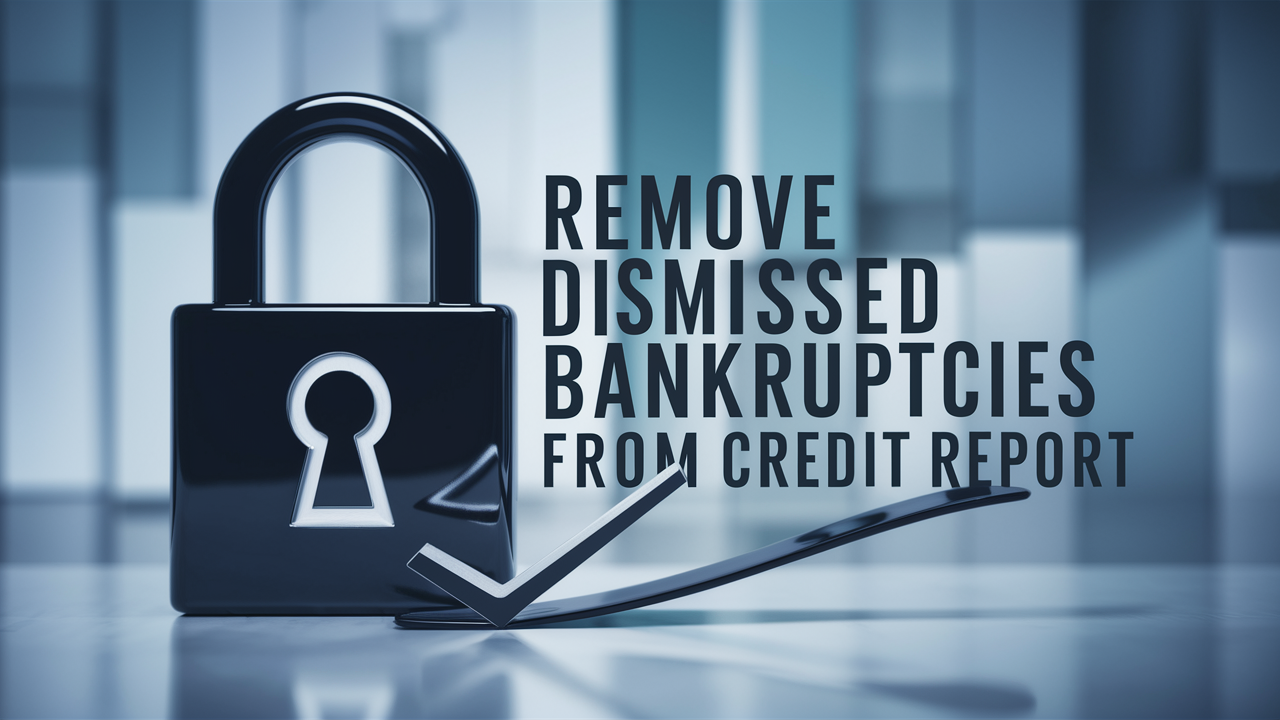How To Get Free Annual Credit Report?
How to get a free credit report each year
A credit report is a regularly updated record of your credit activity and your credit record. It involves credit card information, loans & other accounts. Banks, credit card companies, and other lenders examine your credit report along with your credit score when you apply for a new credit card, mortgage, auto loan, or any type of credit.
By federal law, you are allowed to receive one free credit report each year from three main credit reporting bureaus; Equifax, Experian, and TransUnion. It is possible at any given time to request all three reports or to spread the requests over a year. By law, people are entitled to receive their credit reports once a year to identify mistakes or potential identity theft. Well, for your convenience we have outlined the procedure on how to request your free annual credit reports below.
Decide Which Website to Use
The only website the federal government approved to give people free yearly credit reports is AnnualCreditReport.com. Other websites say to provide free credit reports, but they either ask you to register for premium membership services or do not have copies of the actual information from the national credit agencies. You may get your complete copy of Equifax, Experian, or TransUnion reports only once a year at AnnualCreditReport.com; you will never be asked to pay or submit a credit card number.
Type www.annualcreditreport.com or copy and paste the URL into your browser or a search engine to reach AnnualCredit Report.com. Look for the locked padlock symbol in the URL bar and "https: This is so because the site is safe and you may enter your data at first using the "https://" notation, which denotes.
Select the Preferred Mode of Delivery of the Report
When applying to receive your reports on the AnnualCreditReportcom website, you will be required to furnish personal information for identification and these are; Social Security Number, Date of Birth, Current address, and previous addresses. You will then be able to select how you would like to download your report, from the options below.
- View immediately online It is very fast and you can view and print your report as soon as it is ready on the AnnualCreditReport website If you choose this method, you should know that it is not safe to use a public computer.
- Mail only Your credit report will be posted to you via post by the credit bureau and take about 5-10 business days to deliver instead of being presented or printed on a less secure device.
- It is available online and by mail You can check it now online and still receive a paper copy from the bureau They can be checked more frequently for identity theft.
Regardless of the mode of delivery, it is recommended that the electronic copies should be stored in a safe place and the hard paper copies after reviewing should be disposed of through the shredding machine.
Ask for a Report for Each Credit Bureau
You’re allowed to get one free report from each of the three credit bureaus—Equifax, Experian, and TransUnion—per year from AnnualCreditReportcom Even though the three reports are similar, it’s useful to look at all of them together in case different bureaus received information about an account.
When requesting your first annual, shareholder, or company reports, it is advisable to space them up. For instance, you could ask for your Equifax report to be dispatched first, then check with Experian after four months and with TransUnion after four more months. This will enable you to track your credit reports at some other periods of the year.
From here, always make sure to renew your request for the annual free reports at the same time the following year like as a birthday present for yourself or a new year’s new goal. It is helpful to utilize the calendar app on the phone and set a reminder for this tedious, annual financial task.
As you go through your reports, make sure that you understand the information that you are presenting.
The final step is the actual process of reading your credit reports, but before you proceed to this let me explain some tips on how you can go about it. Ensure to allocate adequate time in which you can go through your reports with a lot of detail. Some of the areas or characteristics that should be closely scrutinized include
- Basic details - Check your name, past addresses, social security number, employers, and any other details they have on file. If there is any error, they should report it to the bureaus and creditors at once.
- Account history – The record of your credit cards, loans, or other accounts should be searched and scrolled through completely. Ensure that the accounts that have been closed or that you do not need anymore are reported as closed or do not appear at all in the timelines. If you see any you don't recognize then you need to dispute it.
- Inquiries – Credit requests by lenders or creditors should correspond with credit applications that you have applied for or with credit checks you have conducted or approved. There are also some drawbacks to having too many inquiries, although most of them are temporary and do not have a significant effect on your credit score.
- Legal actions – Bankruptcy, unpaid tax liens, lawsuits, or any other legal actions – may be genuine or false and are found in public records. Anything unclear should be discussed with the involved government agencies.
Correct any error found on a credit report.
You have the right to challenge if you discover errors in your credit records including accounts you do not own, payments claimed as late when in reality they were not late or any other material in your credit report is incorrect. The Fair Credit Reporting Act protects the customer and requires a credit bureau to look within 30 days; the Fair Credit Billing Act shields the consumer but only mandates that the creditors look within 90 days.
Should you choose to contest a credit report item, you may do so by letter contact or online facilities provided by the credit agency. List what you believe to be incorrect information, then explain why you believe it to be incorrect. Send copies of any supporting documentation. Erasing mistakes becomes more and more crucial as the years pass and it helps to restore credit. Track your contacts with the client and follow up should the problem not be resolved satisfactorially.
Maintaining your credit health over time will depend on yearly regular credit report monitoring and dispute of any found mistakes. One should also keep an eye on anything that may suggest identity theft. To lower fraud activity, it is therefore crucial to report events right away and to register for credit monitoring services.
Just a friendly reminder to once a year verify documentation and acquire your free reports from AnnualCreditReportcom. One should constantly be informed as a customer and verify the credit situation as it affects much. They ensure that you routinely review your yearly credit reports to build excellent credit and quickly handle issues.
Ready to boost your credit score? Call +1 888-804-0104 now for the best credit repair services near you! Our expert team is here to help you achieve financial freedom and improve your credit. Don't wait—get started today!
Related Stories
Recent Posts
Understanding Your Finances: The Power of a Debt-to-Income Ratio Calculator
How to Repair a Low Credit Score: A Comprehensive Guide
Understanding FICO Scores: What’s a Good Score and Why It Matters
How to Prequalify for a Home Loan: A Step-by-Step Guide
Understanding Your Credit Score: A Comprehensive Guide to Credit Score Viewers



